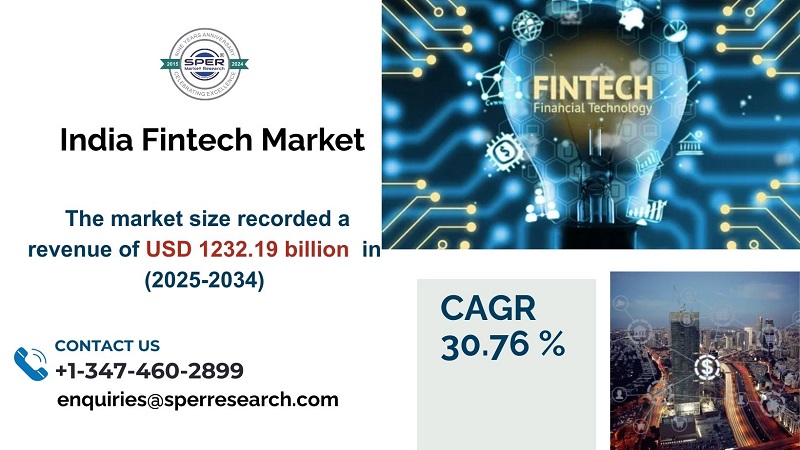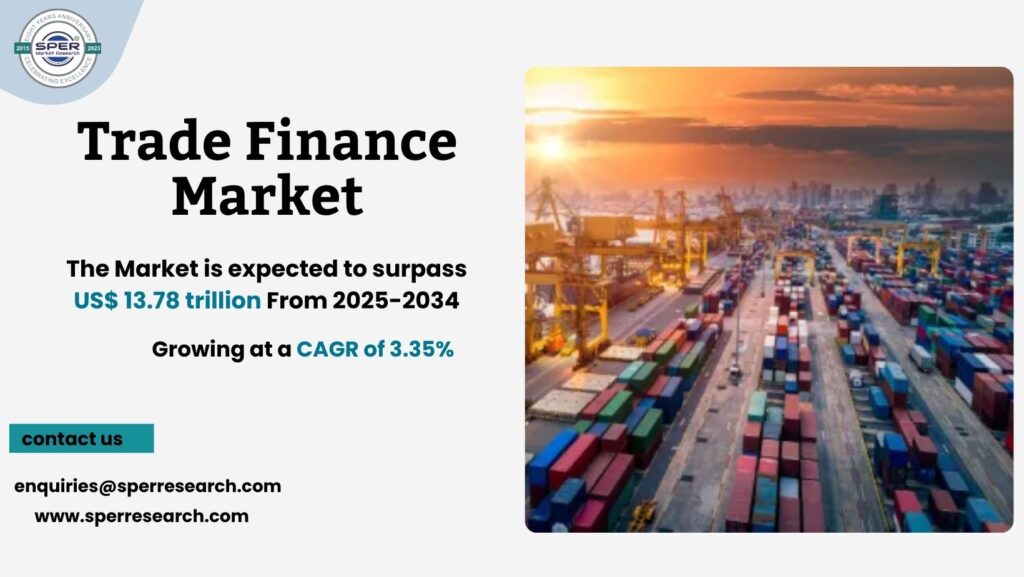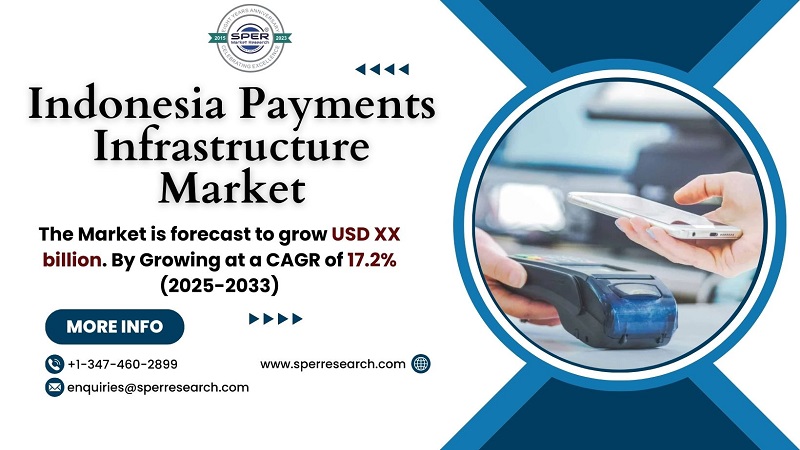Fintech refers to technology breakthroughs that are revolutionizing financial services, fueled by high mobile and internet penetration, favorable government policies such as the India Stack, and a tech-savvy, youthful population. The sector is a global leader, particularly in digital payments, with technologies such as the Unified Payments Interface (UPI) allowing for widespread acceptance of digital transactions. It aims to improve financial inclusion by lowering prices and expanding access to services such as digital lending, asset management, and insurance for underprivileged people. The Aadhaar ID system, accessible payment platforms, and a developing venture capital ecosystem all contribute to the democratization of finance and inclusive economic growth.
According to SPER market research, “India Fintech Market Size- By Deployment Mode, By Technology, By Application, By End User- Regional outlook, Competitive Strategies and Segment Forecast to 2033” states that the India Fintech Market is estimated to reach USD 1232.19 billion by 2033 with a CAGR of 30.76 %.
Drivers:
India Stack is a collection of open APIs, including Aadhaar, UPI, and e-KYC, offering a low-cost and efficient platform for fintech growth. Supportive regulations and initiatives like Regulatory Sandboxes and Pradhan Mantri Jan Dhan Yojana enhance financial inclusion and innovation. Rising digital adoption has resulted in widespread smartphone and internet use, with more than 85% of Indian households owning a smartphone. The growth of e-commerce and the gig economy drives up demand for fintech solutions such as digital credit and payments. A dynamic startup culture, fueled by large funding, fosters innovation in fintech industries such as payments and loans, resulting in numerous unicorns. Collaboration between fintech and bank improves product development and market access.
Request for Free Sample Report @ https://www.sperresearch.com/report-store/india-fintech-market.aspx?sample=1
Restraints:
Regulatory constraints are posing growing obstacles for the Indian Fintech market. While fintech has the potential to transform finance, it must adhere to the Reserve Bank of India’s (RBI) rigorous laws. Companies face difficulties in obtaining licences, which slows down product introductions. Regulations vary across financial sectors, complicating compliance and stifling innovation. Collaboration between regulators and Fintech companies is critical for success. The Indian fintech market is also facing growth constraints due to digital infrastructure restrictions, particularly in connectivity and accessibility. Internet penetration and digital literacy levels are still varied, particularly in rural areas.To maximize potential, efforts must be taken to improve infrastructure, increase connectivity, and encourage digital literacy initiatives.
Bengaluru, known as the “Silicon Valley of India,” receives the most fintech financing, making it a financial technology powerhouse. Some of the major players are ACKO Technology and Services Private Limited, Dreamplug Technologies Private Limited, InCred Financial Services Limited, and Lendingkart Technologies Pvt. Ltd.
For More Information, refer to below link –
Related Report –
United States Mutual Fund Market
United Kingdom Auto Loan Market
Follow Us –
LinkedIn | Instagram | Facebook | Twitter
Contact Us:
Sara Lopes, Business Consultant — USA
SPER Market Research
enquiries@sperresearch.com
+1–347–460–2899









